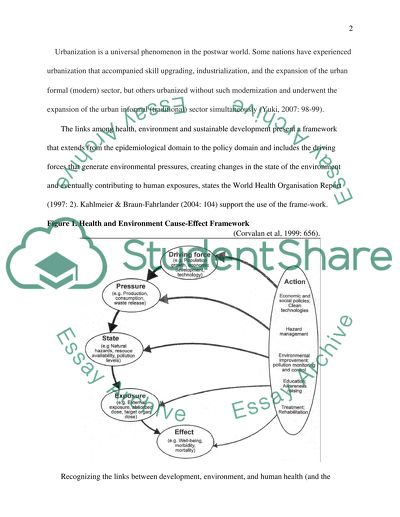Cite this document
(The Urbanization Cause-Effect Framework Coursework, n.d.)
The Urbanization Cause-Effect Framework Coursework. https://studentshare.org/engineering-and-construction/1541707-critical-analysis-of-the-urbanisation-cause-effect-fram-work
The Urbanization Cause-Effect Framework Coursework. https://studentshare.org/engineering-and-construction/1541707-critical-analysis-of-the-urbanisation-cause-effect-fram-work
(The Urbanization Cause-Effect Framework Coursework)
The Urbanization Cause-Effect Framework Coursework. https://studentshare.org/engineering-and-construction/1541707-critical-analysis-of-the-urbanisation-cause-effect-fram-work.
The Urbanization Cause-Effect Framework Coursework. https://studentshare.org/engineering-and-construction/1541707-critical-analysis-of-the-urbanisation-cause-effect-fram-work.
“The Urbanization Cause-Effect Framework Coursework”. https://studentshare.org/engineering-and-construction/1541707-critical-analysis-of-the-urbanisation-cause-effect-fram-work.


